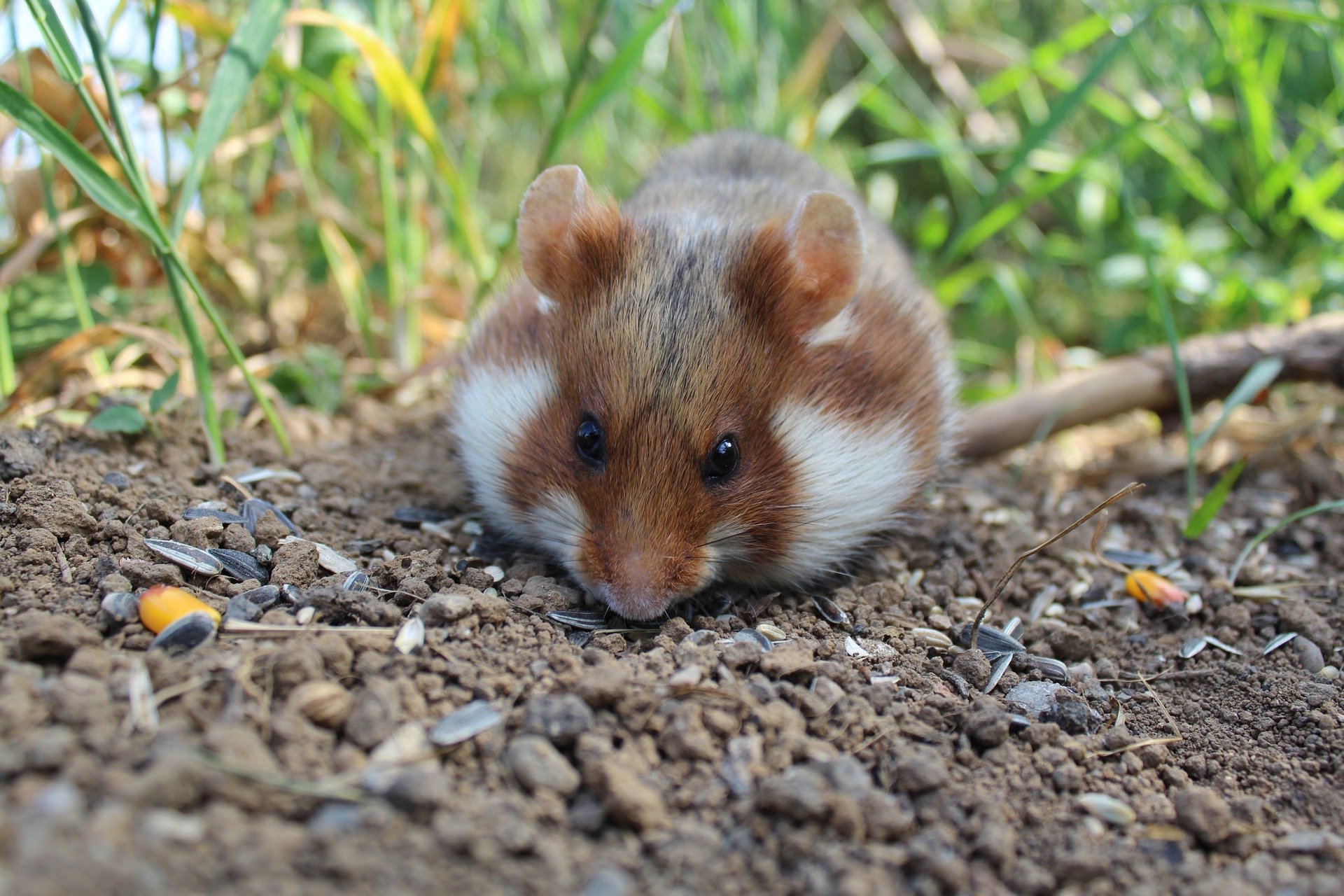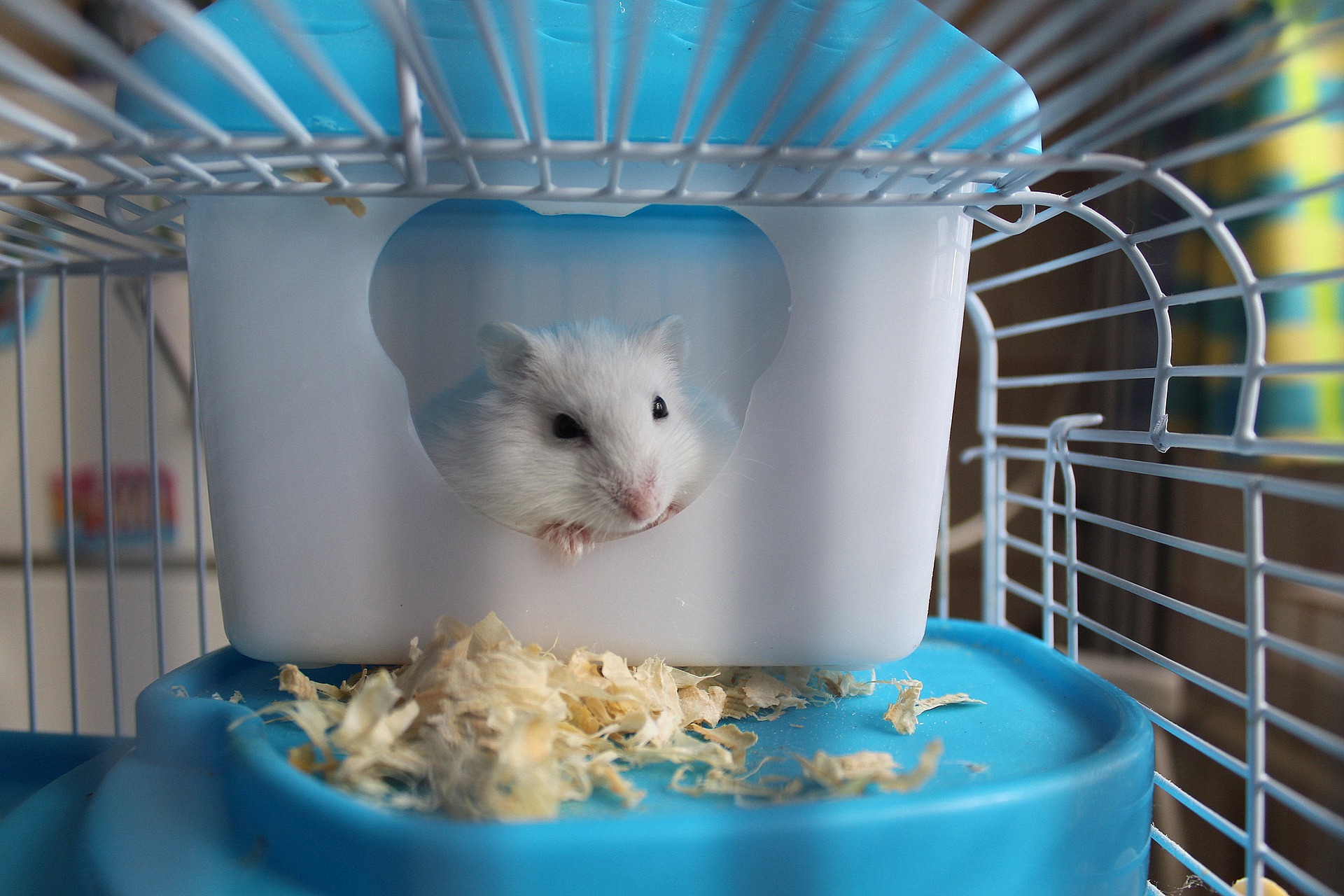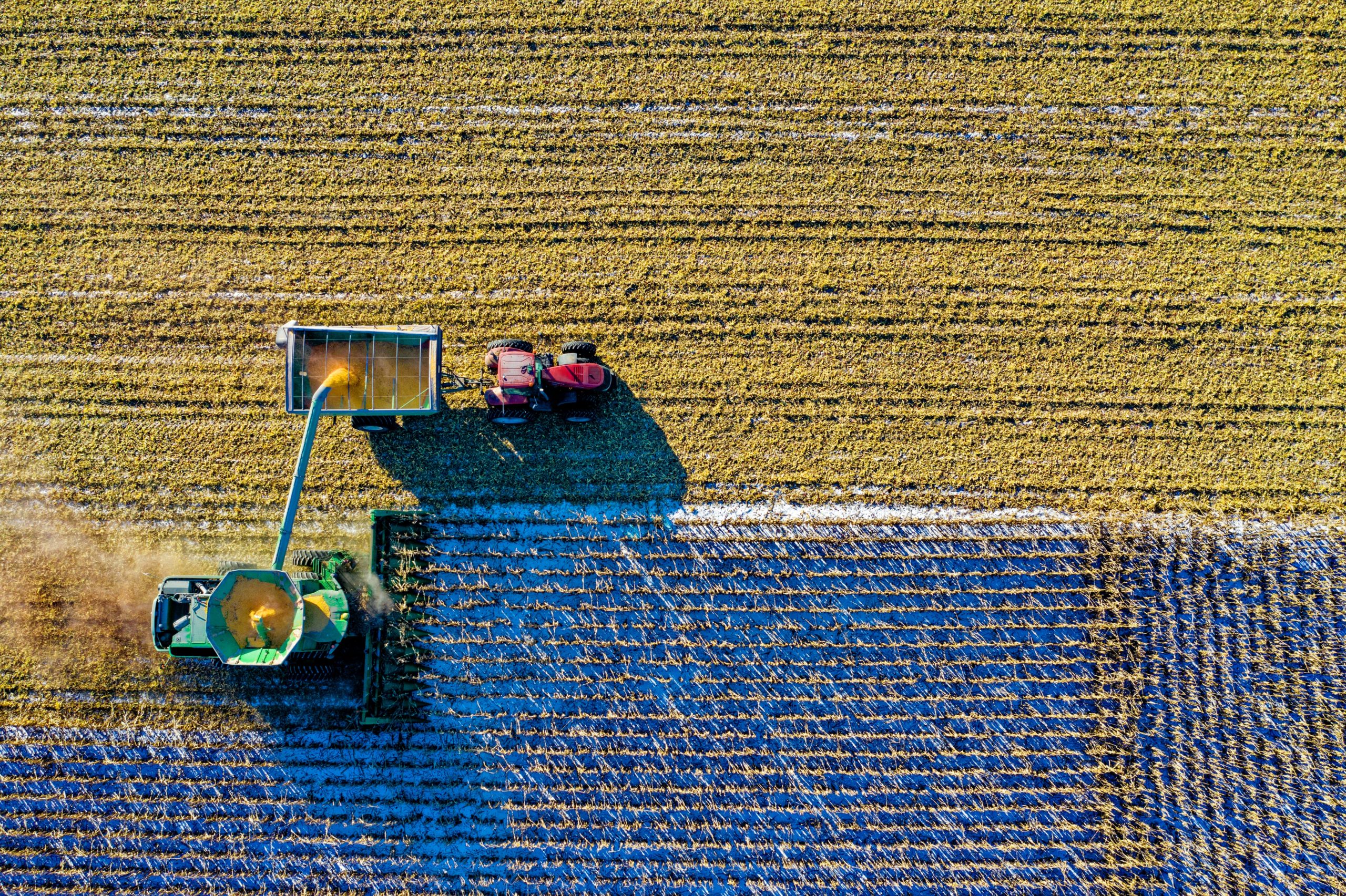The Link Between Corn-Based Diets and Cannibalistic Hamsters
How a change in food source caused hamsters to eat their own pups


I’m not sure there’s such a thing as “hamster people” but if there is, my sisters and I were it.
I can’t even recall how many hamsters we had as kids. I remember one was named Nala during an obsessive Lion King phase, but otherwise they don’t hold much significance in my memory.
There was however, one hamster incident that I vividly remember, because as a child I was utterly confused.
We had our new pet for only a couple days when we woke up to a litter of newborn hamsters in the cage. I’m sure my parents were having deep regrets at that moment.
My mom started frantically scooping out each pup. Diligently searching the entire cage to make sure she didn’t miss any. She was panicked.
Then I was panicked. Why was she taking the babies away from their mother?
I’m guessing my mom never expected to be teaching her five-year-old about cannibalism, but she slowly explained to me that mother hamsters eat their young.
EXCUSE ME?!
This went against all the instincts my young life had taught me. Mothers were supposed to be loving and caring.
Obviously, this experience wasn’t too scarring, since I hadn’t thought about it for nearly two decades. That was, until I came across a study that linked a hamster’s diet, yes DIET, to the pattern of eating their young.


Wild Hamsters Exist!
Many of us think of hamsters as cheap, replaceable pets. We’ve never even considered where they originated from and that perhaps these tiny creatures could survive in the wild.
For much of history, wild hamsters were one of the biggest pests for farmers and their fields. That’s because the common hamster burrows within field and chows down on the crops that grow around them.
For hundreds of years, wild hamsters were thriving (maybe a little too much), but by the early 2000s, scientists noticed that their numbers were plummeting downwards. In France, it was estimated that the hamster population had decreased by 94%. Soon, the common hamster was placed on the critically endangered list.
Exactly how a species that once ravaged entire fields, could so quickly decline perplexed everyone.
Adding to the complication was that hamsters burrow and give birth underground, so pups could only be counted once they emerged.
What exactly was causing such a rapid decline in population?
No one knew.
Modern Agriculture is Endangering Species


As researchers began digging into the issue, one trend emerged.
The initial drop in the hamster population appeared to coincide with a period called the “Green Revolution.” During this time most farmers switched from growing multiple crops to focusing on one high-yielding crop that could be sold on the global market.
Still today, many farms only grow monocultures, or one crop. For example, in the Alsace region of France, a natural habitat for the wild hamster, 50–80% of farm fields are filled with only corn.
As corn became the predominant crop in fields, it also became the only food source for many wild hamsters. With the same crop being grown acres wide, most hamsters would never forage beyond a single field. For wild hamsters that once had a diverse diet, many now consumed only one crop.
Diet Changes Behavior (Believe It or Not)
Isn’t it a bit uncomfortable to think that a change in food source could lead to a wild species adopting cannibalist behavior? But, perhaps that’s because we rarely think of food impacting our actions. We like to believe we’re responsible for our own choices. Our own behavior.
Unfortunately, for hamsters their fate was bound to the crops grown by farmers.
After realizing the intersection of the Green Revolution and hamster decline, scientists at the University of Strasbourg began to study the effect of diet on hamster behavior. In a key study, one group of captive hamsters was raised on a corn-based diet while the other was fed wheat.
The behavior of the hamsters fed corn was alarming. Mothers would give birth outside of their cozy nest. Pups would be scattered all around the cage. Within a day, the mother would place her newborns on top of her food pile. Nearly every single corn-fed litter was cannibalized by its mother. One pup that did survive, ate its own sibling.
In comparison, the behavior of the wheat-based group was normal. Mothers appeared to have maternal instincts even with their first litter. They gave birth in their nests and stayed with the pups the first few days of their lives. Phew… that must’ve been a nice change for the poor researchers running this experiment.
Such drastic differences in maternal behavior prompted the scientists to wonder, could corn be leading to the cannibalistic behavior of hamsters?
Corn-based Diets and Insanity in Humans


If you’ve ever heard the phrase “history repeats itself” feel free to invoke it here.
As it turns out, a diet heavily based on corn had once plagued another species… humans.
Let’s take a journey back to the American South in the early 20th century. Here, you would’ve noticed many poor communities subsisting almost completely on corn.
Soon, a frightening disease later termed pellagra devastated these towns. Although early signs of pellagra are rather mild, consisting of diarrhea and skin rashes, later stages are filled with hallucinations, paranoia, depression, and insanity. In a sense, people entirely lost their bearings. They did things that were completely out of character.
Eventually, doctors linked the corn-based diet to the disease. The easiest prevention was to incorporate more diverse food into the diet, which is not an easy task for anyone struggling with money.
But, for many years the specific mechanism of how corn elicited such an abnormal response in humans wasn’t clear. At the time, there wasn’t a full understanding of essential nutrients, called vitamins, and how the human body needs these to function.
Eventually, scientists realized corn supplied no vitamin B3 (niacin). While corn does contain vitamin B3, it’s always bound to another molecule, making it impossible for the human body to digest and absorb it.
Basically, the vitamin passes right through our system unused.
The realization that pellagrous patients simply lacked a vitamin meant it was eventually a simple cure. All that was needed was either vitamin supplements or a diet containing more diverse foods like fruits, vegetables, and other grains.
So, the scientists at the University of Strasbourg thought to themselves, maybe hamsters and humans have more in common than we think? Perhaps, the cannibalistic hamsters simply needed vitamin B3?
Even Hamsters Need to Take Their Vitamins
Once the connection between corn diets and pellagra was reached, scientists went back to their study of hamsters in captivity and supplemented the corn-based diet with vitamin B3.
What was the result?
A big return in maternal instinct.
Hamsters began weaning their first litter. Then a second litter. There was an 85% increase in newborn survival. The corn-fed hamsters rarely cannibalized their newborns.
Turns out, just a slight change in diet was all that was needed to return hamsters to their normal way of life, which I’ll admit, does feel a bit unsettling.
Now, Save the Wild Hamsters!
I would love to tie this story up with a beautiful bow, but much of the difficult work still lies ahead.
The good news is there’s greater understanding of just how detrimental corn diets are for hamsters. The problem is that this research still needs to be implemented to aid the wild hamster species before they go completely extinct.
And just how much this research can sway farmers in their crop selection and planting operations is yet to be seen. Switching fields back to more diverse crops or greater crop rotation would likely cut into the bottom line of farmers.
So, what will it be? Another extinct species and greater profits or wildlife preservation and diversified agriculture?
We will have to wait and see.


One Response
Your style is very unique in comparison to other folks I have read stuff from.
I appreciate you for posting when you have the opportunity, Guess I’ll just book mark this blog.